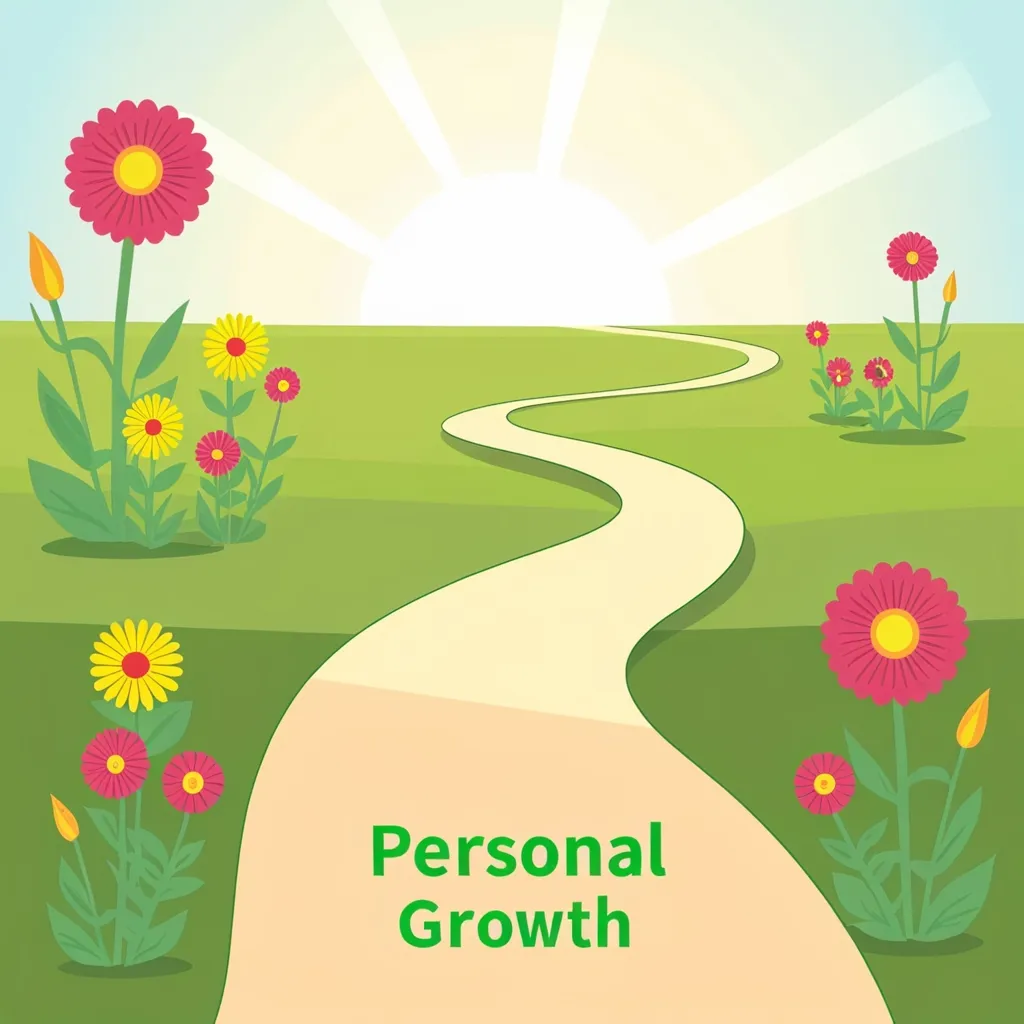Managing gout feels like juggling flaming torches while standing on one leg. It’s not just about what you eat, but also about how you live and sometimes, the meds you take. Gout, being this nasty chronic inflammatory arthritis, loves to throw in surprise pain parties by depositing these tiny, knife-like crystals called monosodium urate (MSU) into your tissues. Ouch, right? Learning the ropes on how to manage this condition can be a real game-changer for anyone dealing with it.
Let’s talk diet first, because that’s usually where a lot of the magic happens. Food is like the fuel we put into our bodies, and for gout sufferers, some of this fuel is trouble. High-purine foods are basically the usual suspects here – think red meat, shellfish, and the booze. Especially beer. These guys ramp up uric acid levels in the blood, setting the stage for a gout attack. A simple dietary revamp, though, can make a world of difference.
Imagine trimming down the meat portions and laying off the alcohol, particularly that Friday night beer. It already sounds healthier, doesn’t it? On top of not eating high-purine foods, munching on things rich in Vitamin C can work in your favor, lowering uric acid levels. Citrus fruits and berries are worth adding to the grocery list. Oh, and cherries? Yeah, they’ve got some buzz around them for potentially lowering gout attack frequency, but it’s still a bit of a mysterious gamble. And mustn’t forget water – staying well-hydrated is just plain good advice, even if it might not directly curtail gout.
Lifestyle tweaks can’t be sidelined either. A healthy weight is like a secret weapon against gout. More weight can mean more uric acid, which is not a good combo. Chipping away at those extra pounds through regular exercise – maybe a stroll around the block or a dip in the pool – can lower these levels considerably. Plus, it just feels great, right?
Now comes the bit about recognizing and avoiding those nasty triggers. Ain’t nobody got time for gout attacks, so knowing that joint injuries, surgeries, infections, or even dehydration can kick off these episodes means you can steer clear. That’s code for keeping well hydrated especially when it’s sizzling hot out there, avoiding overexerting joints, and just generally taking good care of yourself.
Even with the best diet and lifestyle, sometimes, medication walks in as the hero. When things get rough, Urate-lowering therapies (ULTs) might be a go-to. These meds work to keep uric acid levels in check. Anti-inflammatory pills and pain management strategies also dive in to save the day during a flare-up. It’s like having a mini medical squad at your service.
Meeting halfway with healthcare providers is a partnership that’s golden for managing gout. Regular chit-chats with your docs, up-to-date uric acid monitoring, and being religious about medication can keep gout shenanigans under wraps. Plus, doctors can tweak treatment plans as you go along, ensuring you’re on the best regimen for your situation.
But wait, that’s not all. Complementary treatments sneak into the scene like alternative backup dancers. While there isn’t a ton of solid evidence backing things like herbal supplements and magnetic bracelets, some folks feel they get relief. Acupuncture and reflexology have also been explored, and it’s kind of a mixed bag with these. The golden rule here? Always get the stamp of approval from your healthcare provider before diving into any new therapies.
Education and support play starring roles in handling gout. Getting a handle on the condition and what triggers those dreaded attacks places the power in your hands. Having a solid support system, whether it’s from doctors, family, or friends, can boost your morale and keep you on track.
Keeping a food diary might sound a tad old-fashioned, but it’s super practical. Jotting down what you eat and noting any post-meal pain helps you pinpoint which foods to boot out of your diet. It’s a bit like detective work but for your health.
Wrapping it all up, managing gout isn’t just about swapping steak for salad or saying no to that third beer. It requires a well-rounded approach, packing in dietary changes, lifestyle adjustments, and sometimes, a prescription for the right meds. This combo can let you wrestle gout back into submission, making your life a lot less painful and a lot more fun.






